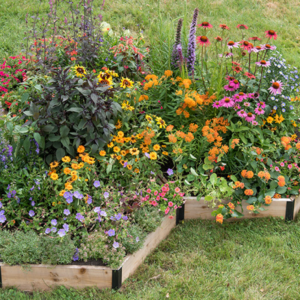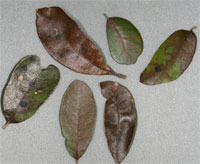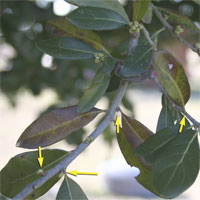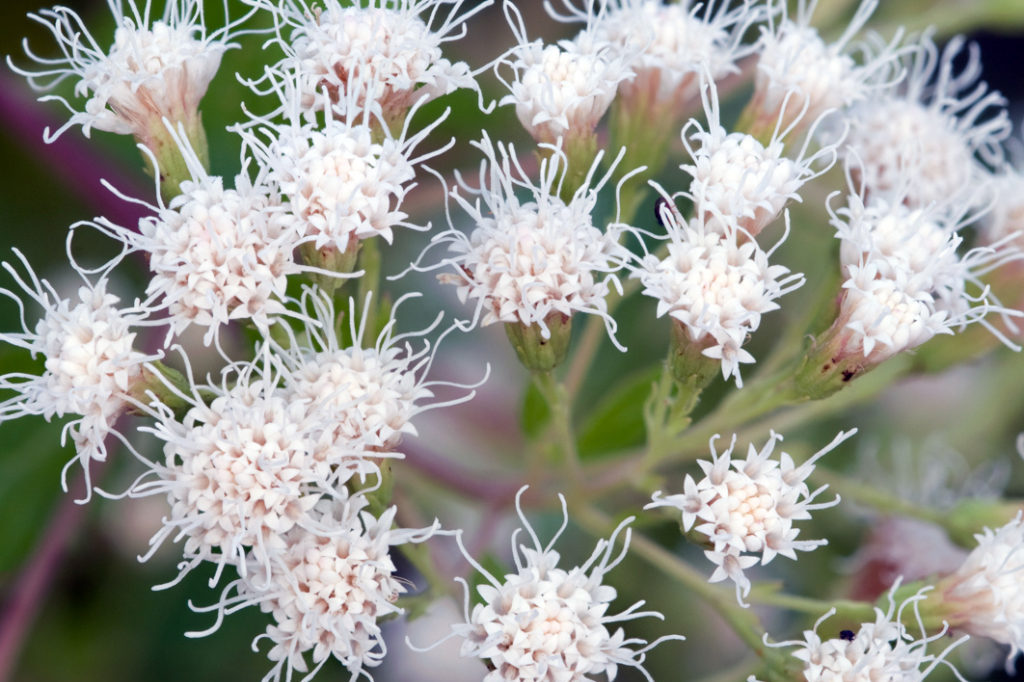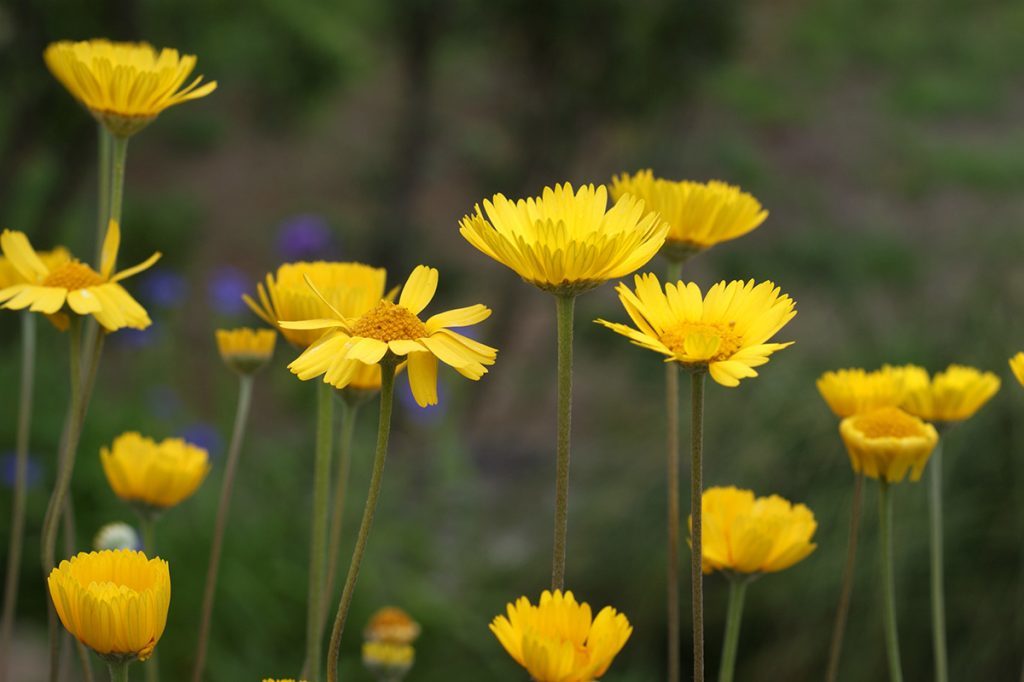Somervell Master Gardener November CHES program
Tool Maintenance with Harold Annis
Nov 13, 2023 6:30pm
Somervell Citizens Center 209 SW Barnard, Glen Rose
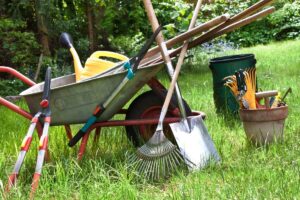 Harold Annis, a 13-year veteran of the Tarrant County Master Gardeners is also Vegetable Gardening and Plant Propagation Advanced Training certified. Harold began gardening with his grandmother in the 1950’s in Shawnee, Oklahoma and got a great education in vegetable gardening and many other life lessons from her. For over 30 years, he has maintained a 2-acre vegetable garden in Southlake, giving him ample opportunities to maintain and repair garden tools. Come and learn the finer points of caring for garden tools and equipment from a tried-and-true master!
Harold Annis, a 13-year veteran of the Tarrant County Master Gardeners is also Vegetable Gardening and Plant Propagation Advanced Training certified. Harold began gardening with his grandmother in the 1950’s in Shawnee, Oklahoma and got a great education in vegetable gardening and many other life lessons from her. For over 30 years, he has maintained a 2-acre vegetable garden in Southlake, giving him ample opportunities to maintain and repair garden tools. Come and learn the finer points of caring for garden tools and equipment from a tried-and-true master!

